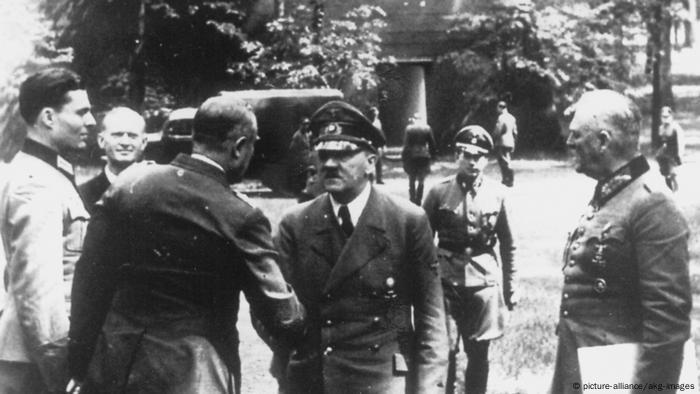The July 20, 1944, Assassination Attempt: A Defining Moment in Resistance Against Hitler
One of the most significant acts of resistance against Adolf Hitler occurred on July 20, 1944. This day marked a pivotal moment in history when a bomb was detonated at the Wolf’s Lair, the military headquarters of Hitler in East Prussia. The attack, orchestrated by Claus Schenk Graf von Stauffenberg, aimed to assassinate the Nazi leader and spark a coup that could potentially end the war. Despite its failure, this event remains one of the most enduring symbols of opposition to the Nazi regime.
The Plot Unfolds
On that fateful day, at 12:42 p.m., a bomb exploded in the conference room where Hitler was holding a meeting. Stauffenberg, a German army officer who had once been an ardent supporter of the National Socialist movement, had planted the device. He believed that killing Hitler was the only way to stop the atrocities being committed under his rule. In the days leading up to the attack, Stauffenberg had told his closest allies, “There is nothing left but to kill him.”
Stauffenberg was not just the assassin; he was also the mastermind behind a large-scale coup attempt involving high-ranking officials from the military, diplomatic, and administrative sectors. The plan, known as Operation Valkyrie, was initially designed as a Wehrmacht strategy to quell potential uprisings. However, the conspirators sought to repurpose it for their own purposes, aiming to overthrow Hitler and restore a more traditional form of governance in Germany.
The Failure of the Coup
Despite the explosion, Hitler survived with only minor injuries. The blast was weakened by the heavy oak table and the open windows due to the hot weather. Even if the coup had not been immediately thwarted, the operation faced several challenges. Delays, poor planning, and the fear of exposure led some participants to hesitate or even change sides. By the evening, the coup had collapsed, and Hitler managed to regain control.
Stauffenberg and several co-conspirators were arrested and executed by firing squad that night. Others were later discovered and killed. In total, approximately 200 resistance fighters lost their lives in the aftermath of the failed plot.
Historical Perspectives on the Failure
Historians have analyzed the reasons for the failure of the coup. Wolfgang Benz, a historian, argues that the absence of prominent military leaders like General Erwin Rommel played a crucial role. He suggests that if someone of Rommel’s stature had joined the conspiracy, it might have gained more public support and legitimacy.
Despite its failure, the July 20 plot became a powerful symbol of resistance. Henning von Tresckow, one of Stauffenberg’s co-conspirators, noted that the importance of the act lay not in its success but in the courage it represented. Other resistance efforts, such as the 1939 attempt by carpenter Georg Elser to kill Hitler or the White Rose leaflet campaign, were overshadowed by the actions of the conservative elites involved in the July 20 plot.
Shifting Perceptions Over Time
In the years following World War II, the conspirators were initially seen as traitors. Stauffenberg’s wife, for example, was denied a pension that was given to other widows. However, over time, the conspirators were recognized as heroes. Streets, schools, and barracks were named after them, and public buildings were adorned with flags on July 20. The Bundeswehr, Germany’s armed forces, even held swearing-in ceremonies on the anniversary of the event.
Yet, criticism of the conspirators persisted. Thomas Karlauf, a biographer of Stauffenberg, pointed out that the group acted only after the Allies had landed in Normandy. Earlier, Stauffenberg had expressed admiration for Germany’s rapid military victories. According to Benz, the group took a long time to reform their views, and the Holocaust was not a concern for them. Their primary goal was to save what they could of Germany in the face of impending defeat.
Stauffenberg: A Question of Democracy
Some historians question whether Stauffenberg was truly a democrat. Johannes Hürter argues that Stauffenberg envisioned an authoritarian government for Germany if the assassination had succeeded. Wolfgang Benz offers a slightly more lenient view, stating that while Germany would have become a constitutional state, it would not have been a democracy as defined by the Basic Law.
Today, many Germans associate the July 20, 1944, event with the broader resistance against National Socialism. Claus Schenk Graf von Stauffenberg has become the face of this resistance. However, there were many others who fought against the Nazi regime—Jews, communists, members of the church, artists, and partisans. Some resisted silently, and their stories remain largely forgotten.







